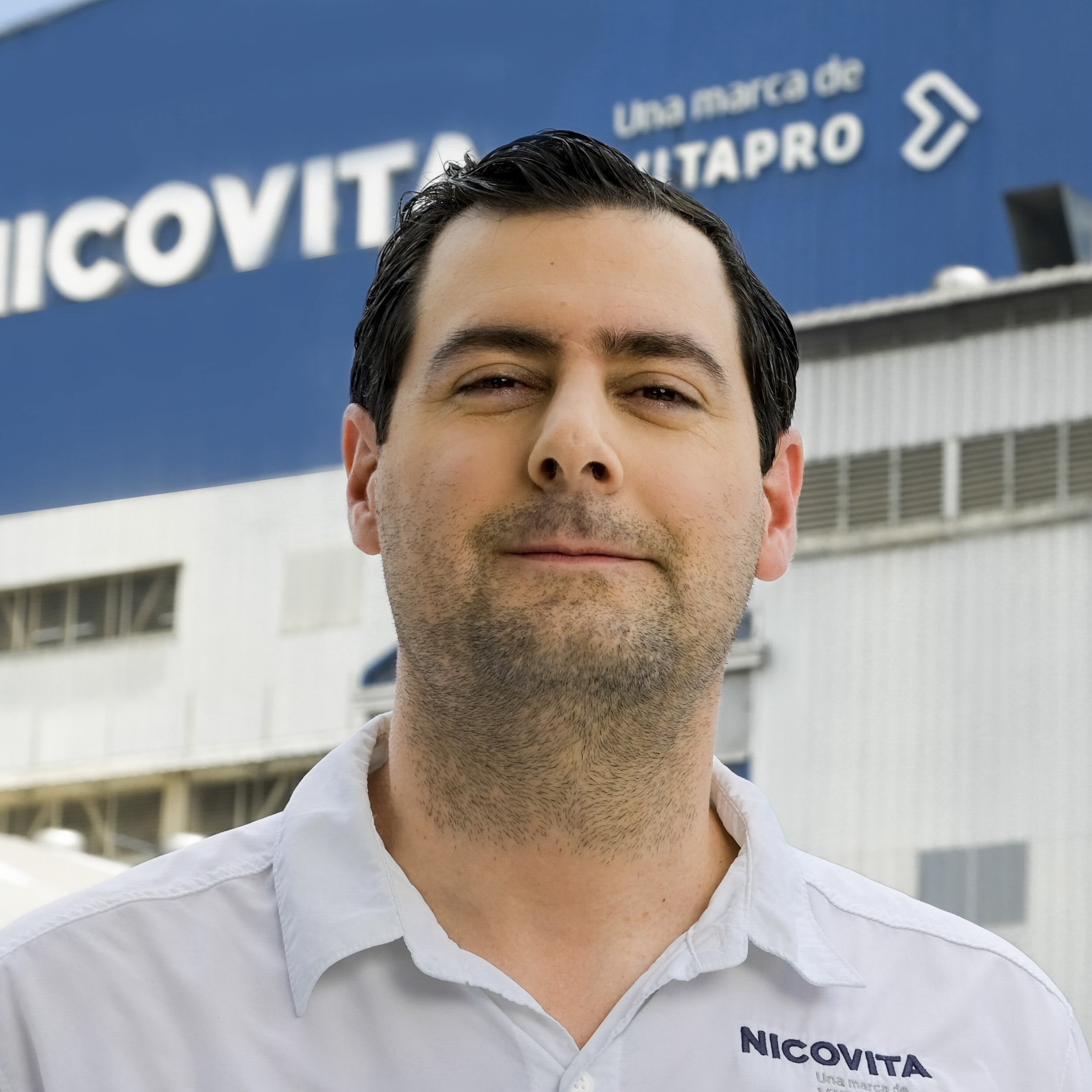
Pablo Montalbetti GT
Corporate Executive Manager – Market Strategy & Market Intelligence
Vitapro – Alicorp S.A.A.
Ecuador
Pablo is Corporate Executive Manager – Strategy & Market Intelligence at Vitapro – Alicorp S.A.A., a leading aquafeed production company across Latin America with USD 1 billion in revenue. Based in Guayaquil, Ecuador, he oversees the Market Intelligence Unit for market assessment and projections and facilitates company strategy processes. Pablo managed M&A processes within the aquaculture sector throughout Latin America and has developed two new business models. Additionally, he led the aquafeed business unit in Mexico, and fish feed production relocation from Peru to Chile. He developed a larvae distribution business. He has worked in the business for more than 10 years as a consultant and as part of Vitapro. He worked in Perú, Ecuador and Mexico.
From 2016 to 2019, Pablo served as Senior Associate in the Management Consulting Unit, leading strategic planning projects and organizational design projects in health, animal nutrition, and education. Pablo also worked at the International Economy Unit at the Central Reserve Bank of Peru. He holds a Bachelor of Economics degree from Universidad del Pacífico, Peru, and an MBA from the IESE Business School, Barcelona, Spain.
| Session | State of the Global Shrimp Supply and Demand |
| Presentation | Shrimp Powerhouse: Ecuador’s Model for Competitive Aquaculture |
Abstract
Ecuador has emerged as a global leader in efficient, high-quality shrimp production. This presentation explores the strategic combination of natural, industrial, and technological advantages that drive Ecuador’s competitiveness. It will also include a SWOT analysis and a brief discussion on shrimp production in selected countries in Latin America (Mexico, Perú, Honduras, Nicaragua and Brazil).
The presentation is structured around three key pillars:
- Natural Advantages: 65% of Ecuador’s shrimp farms are located mainly in Guayas within 100km of the country’s main ports, enabling efficient cold-chain logistics. A stable tropical climate supports year-round production and lowers disease pressure.
- Integrated Production Model: More than 65% of Ecuador’s shrimp production comes from vertically integrated producers managing at least two stages of the value chain. More than 30% comes from producers with more than two stages—from hatchery and grow-out to processing and export. These companies have invested significantly in technology, infrastructure, and digital management systems to increase efficiency and resilience. It is not just about size but about economies of scale operations.
- Value Chain Innovation: Local and international companies develop products mainly for Ecuador’s shrimp industry. Having a robust ecosystem of innovation supports Ecuador’s shrimp sector. Advances in local feed formulation, genetic selection, and aquaculture technology—developed through close collaboration with suppliers, academia, and the private sector—have enabled Ecuador to continually raise productivity and product quality.
Opportunities are:
- Strong sustainability positioning in global markets (U.S., EU, Asia)
- Expansion into value-added processing and premium products
- Rising demand in Asia for antibiotic-free, traceable shrimp
- Continued gains in efficiency through genetics and automation
Threats are:
- Political instability and regulatory uncertainty
- Limited electricity supply affecting farm and processing operations
- Insecurity and organized crime near production areas
- Biosecurity threats (e.g. WSSV, EHP)
- Climate risks such as coastal flooding and salinity change
Finally, Ecuador’s unique blend makes it one of the most competitive shrimp producers globally. Despite emerging operational and political risks, it has the ability to deliver consistent, sustainable, and high-quality shrimp, positioning Ecuador as a strategic sourcing and investment destination for the global aquaculture market.



